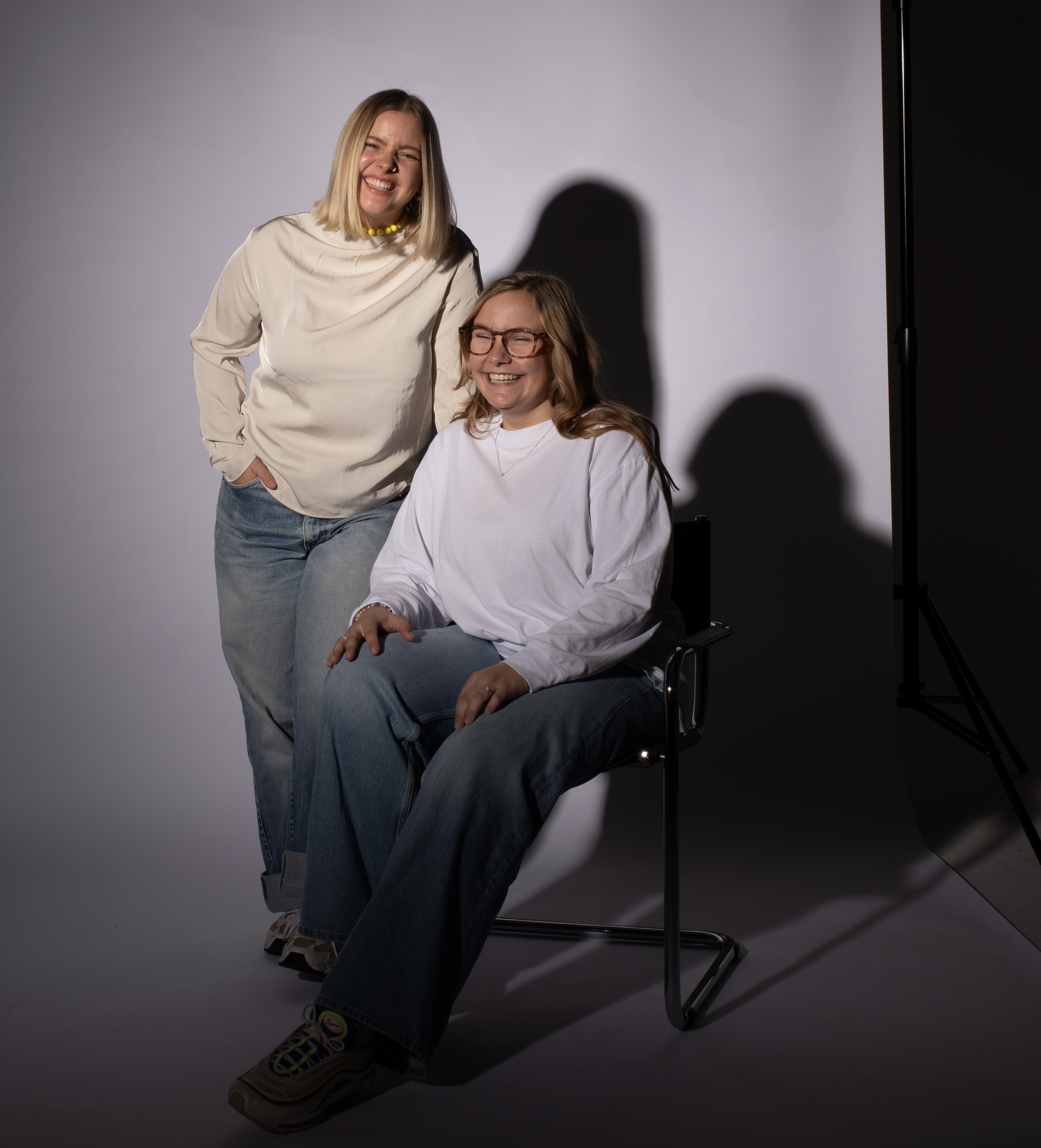What it does
Water shortage and limited access to clean water endangers a human right. Water from Air uses Metal-Organic-Framework materials to counteract this problem. It is a mobile water producer that can be used independently of geographical and social conditions.
Your inspiration
The initial spark for our Bachelor's project came from our desire to find impactful solutions to urgent global issues. This is why we focused our attention on the environment and sustainability, which ultimately led us to the critical resource of water. To understand the complex problems of water supply, we researched possible future solutions. Our interest was piqued when we came across an article about the Metal-Organic Framework materials that can be used to extract water from the air. There have been no initiatives so far to develop a user-friendly application concept based on MOF materials, so we decided to take the first steps.
How it works
The Water from Air water harvesting cycle is autonomous and takes two hours in total – 500 g of material can extract 500 ml of water per cycle, which amounts to six liter of drinking water per day. The material is glued into the cover and absorbs water molecules from the air when the container is open. The innovative material absorbs no air pollutants, so that no additional filters are required. As soon as the cover is closed, the air inside heats up and the drinking water can condense out of the material. As the water obtained through condensation is naturally distilled and not chemically demineralized, the water from the air is safe to drink. The valve can now also be opened so that the water can flow downwards. The separation of the two containers is important so that the material does not reabsorb the harvested water. A ready-made tap, which symbolizes the reparability of the prototype, allows the water to be filled into individual containers.
Design process
The exchange with one of the material chemists provided us with the scientific basis with which we were able to translate the design-relevant information. The topic of water extraction from the air seems to be complex and we don't want this to be reflected in our product, as it has been in the chemists' laboratory set-ups to date. The design language of Water from Air should be easily accessible to the user and accessible with familiar mechanisms. To ensure that the product is easy to clean and repair, the individual parts with their different functions must be easy to handle. In concrete terms, this means simple assembly and disassembly, which is guaranteed by a modular product structure. Other design requirements included, for example, that the container with the material should be transparent in order to absorb solar energy. Ideally, it should also be cut at an angle at the top so that water droplets can escape downwards. As the container needs to be aired, it is important that it can be opened. To prevent the cover from being lost, it should be attached to the product using a push-to-open mechanism. In order to test all these ideas iteratively, we worked continuously in Rhino and SolidWorks, as well as using sketches and rapid prototyping.
How it is different
Water from air is characterized by the fact that it takes the innovative MOF technology out of the pure research stage and makes it usable for a practical application. The mobile concept is characterized by its flexibility in terms of location and application and allows users to adapt it to their individual needs. Previous atmospheric water systems are often very large, stationary and cannot be operated autonomously by the user. Water from Air offers a concrete solution for the consumer to counteract the global water shortage. A key feature is the concept of water production and storage, which can be used in private households worldwide regardless of social circumstances. Our concept is also autonomous, so that no new resources need to be wasted. The concept is also explicitly designed to be scalable, which emphasizes its future potential.
Future plans
A key step is to thoroughly test the prototype's functionality under various realistic conditions. This will also require legal clarification regarding the sourcing of materials. Collaborating with engineers is important to us in order to develop a high degree of autonomy so that the device can largely operate without human intervention and reliably provide water to entire communities in larger scenarios. In the long term, we are exploring options for scaling up production to make the technology more widely available and ensure it is compatible with our sustainability approach. We hope that our idea will be more than just a utopia.



Connect